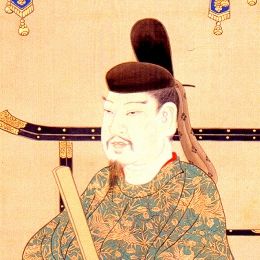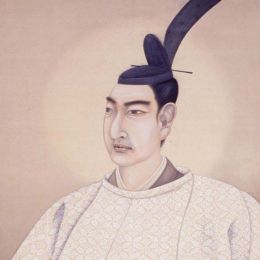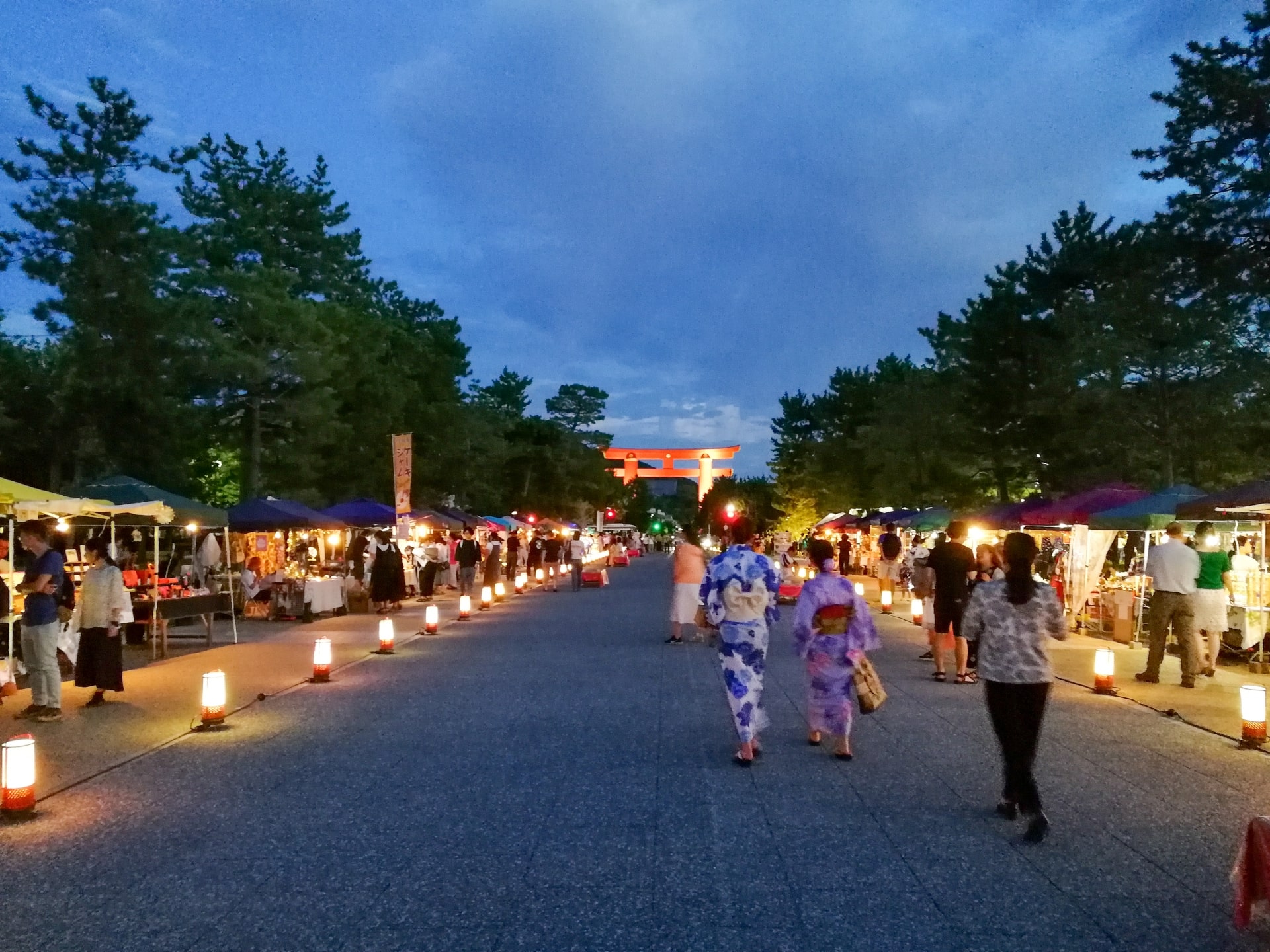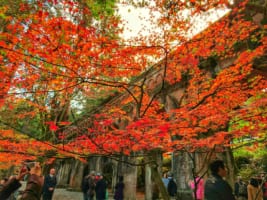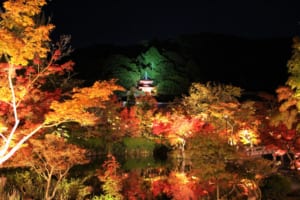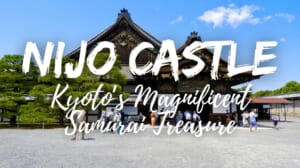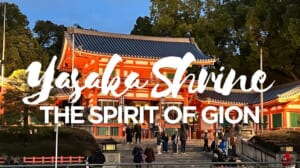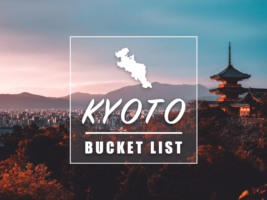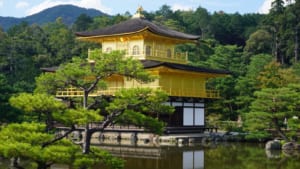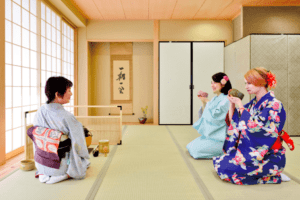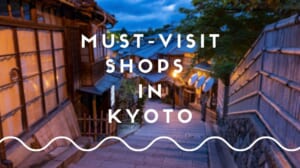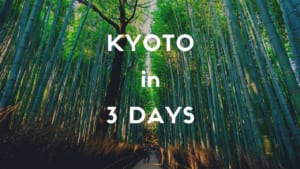Kyoto’s Heian Shrine: One of the Most Beloved Shrines by Kyoto Locals
Discover Heian Shrine: A Year-Round Must-Visit Destination
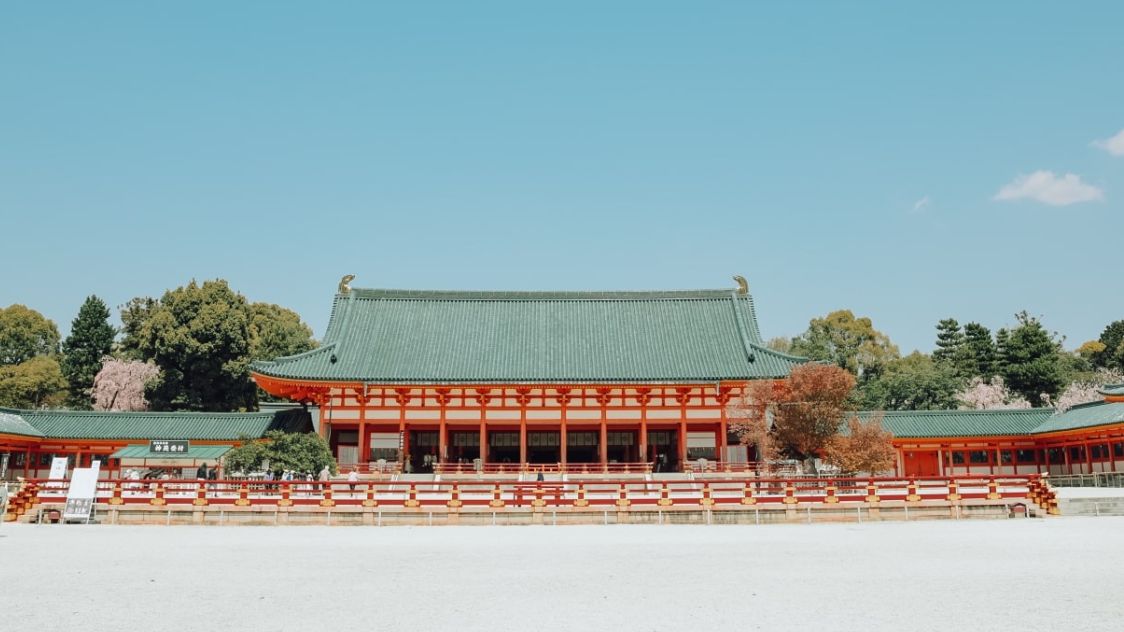
Heian Shrine (平安神宮, Heian Jingu) is one of Kyoto‘s most historical sites, symbolizing the rich cultural heritage of Kyoto. Also known as Heian Jingu Shrine, it is not only famous for its traditional architecture but also for the breathtaking scenery during spring cherry blossoms and vivid autumn foliage. Moreover, the area surrounding Heian Jingu is filled with various activities for visitors to explore.
In this article, I’ll introduce you to Heian Shrine, covering its history, attractions, and activities, so you can experience it just like the locals do. Let’s dive in!
About Heian Shrine
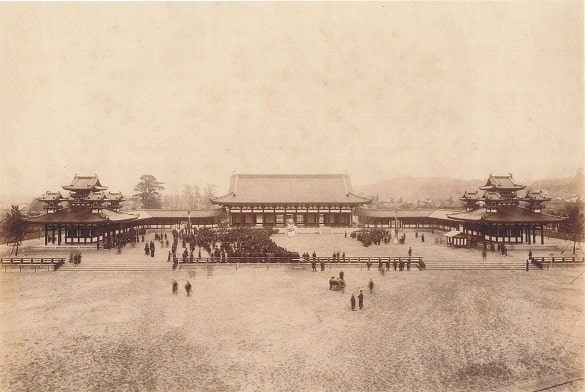
Heian Shrine was built in 1895 as a partial replica of the original Heian Palace, which stood during the Heian Period, a golden age of Japanese culture, politics, and art. Heian Jingu enshrines two emperors—Emperor Kanmu, who moved Japan’s capital to Kyoto, and Emperor Komei, the last emperor to rule from Kyoto before the capital was moved to Tokyo during the Meiji Restoration. The Heian Jingu was built to honor their legacies and to celebrate Kyoto’s historical role as the heart of Japan for over a millennium.
The word “Heian” (平安) in Japanese means “peace” and “tranquility,” reflecting the values of harmony and stability that were important during the Heian Period, one of the most culturally significant eras in Japan’s history. The name itself evokes a sense of calm and historical importance, making Heian Shrine not only a historical site but also a place of reflection and serenity.
Additionally, Kyoto experienced a period of decline when the capital was moved to Tokyo. The establishment of Heian Shrine was intended to console the city’s residents and inspire them to restore Kyoto’s former prosperity.
Main Attractions in Heian Shrine
One of the most worthwhile aspects of visiting Heian Shrine is its architecture, a stunning representation of Heian-era design that offers visitors a glimpse into the elegance of ancient Japan. Inside Heian Jingu, several iconic attractions are not to be missed. Let’s take a look at some of them.
1. The Giant Torii
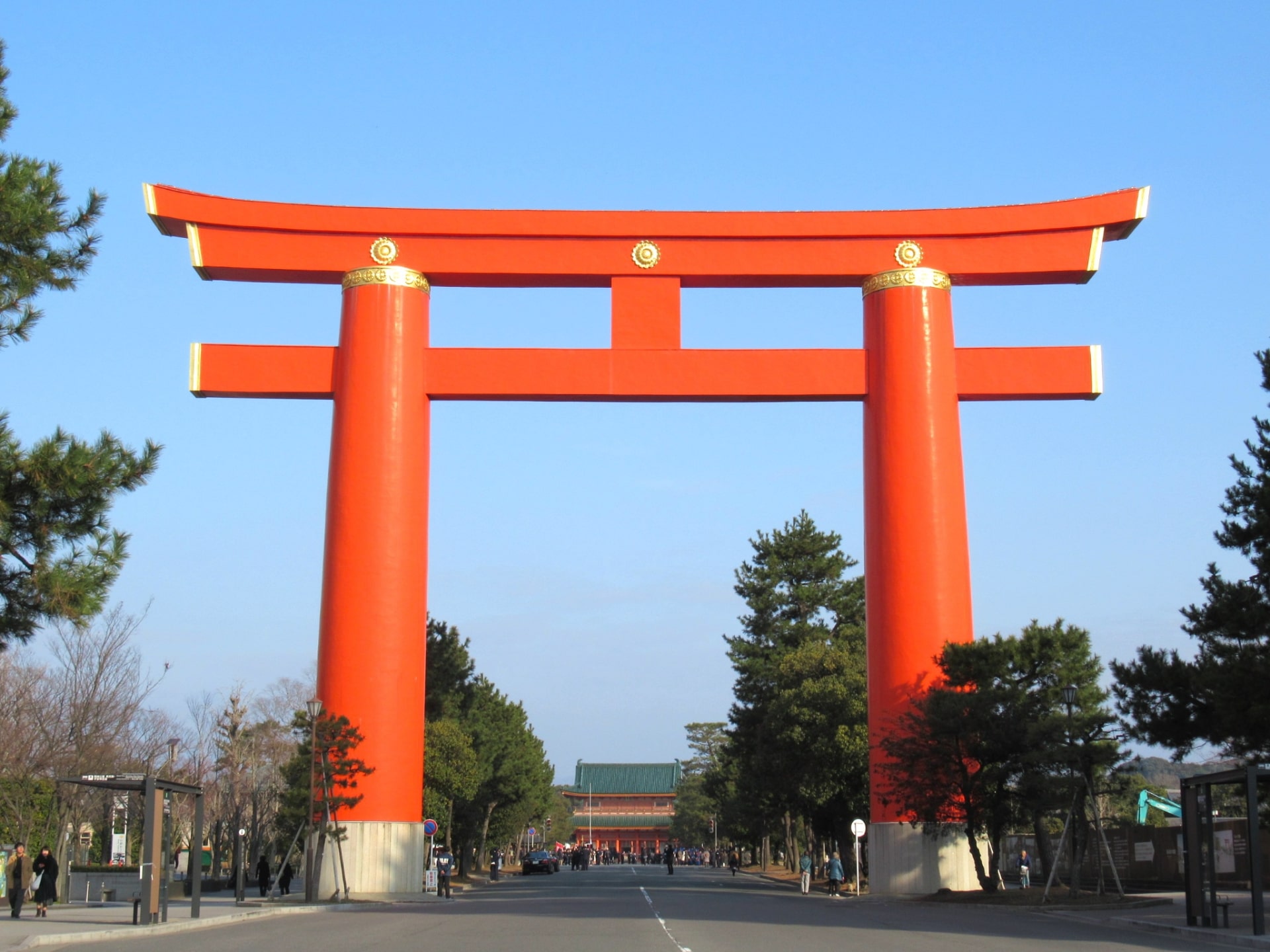
One of the most impressive features of Heian Shrine is its giant torii gate (大鳥居). This towering vermilion structure is the biggest torii in the Kyoto area, has pillars with a circumference of 11.4 meters, and stands at a height of 24.4 meters. Its width spans across a large road, making it highly visible from a distance! Remember, if you want to take a photo, start from afar— as you get closer, the torii will become too large to fit in your camera frame!
2. Otenmon Gate
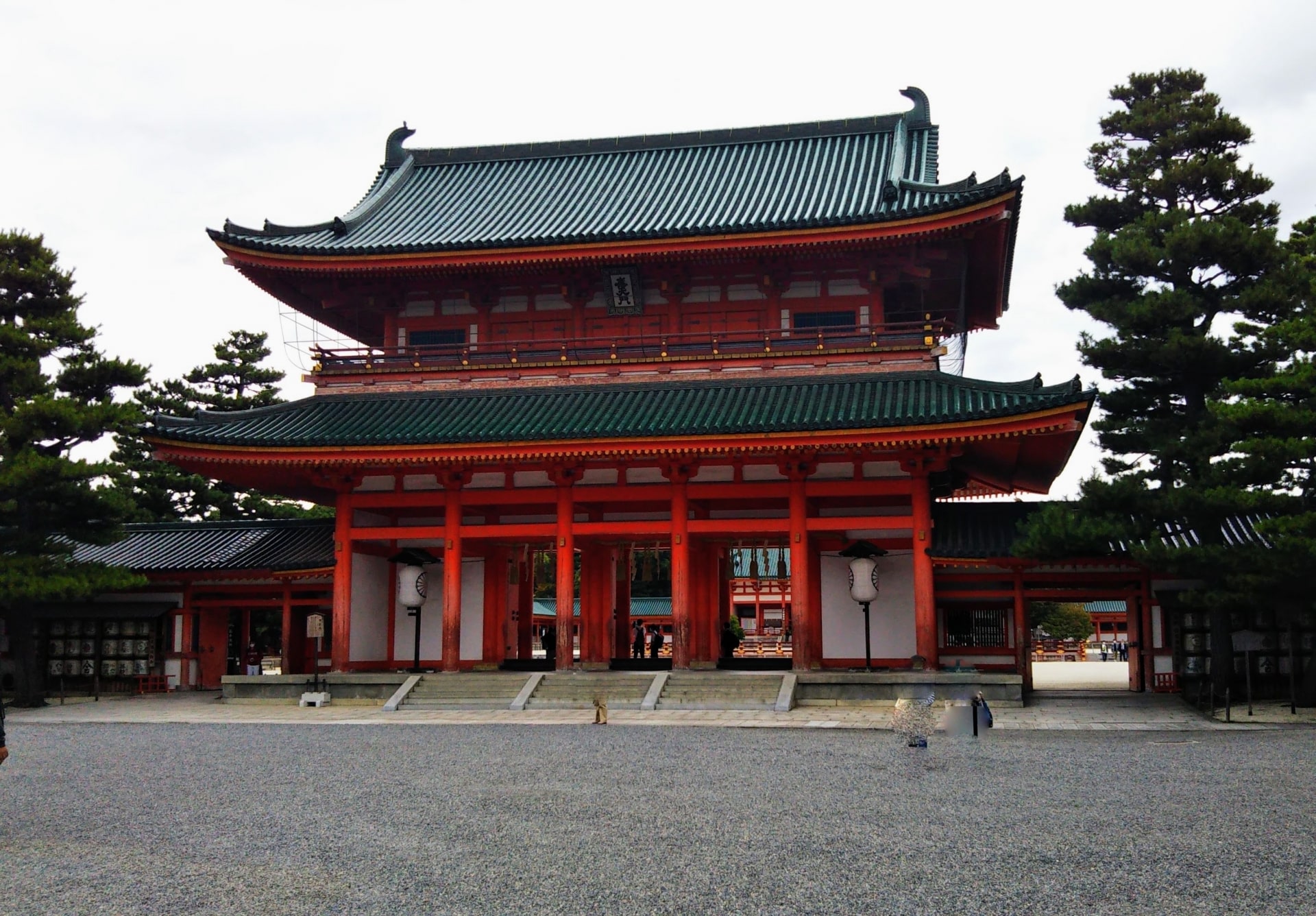
Behind the giant torii is Otenmon Gate (應天門), the main entrance of Heian Jingu. As you pass under it, you will come upon the Daigokuden, the main hall of the shrine.
3. Daigokuden
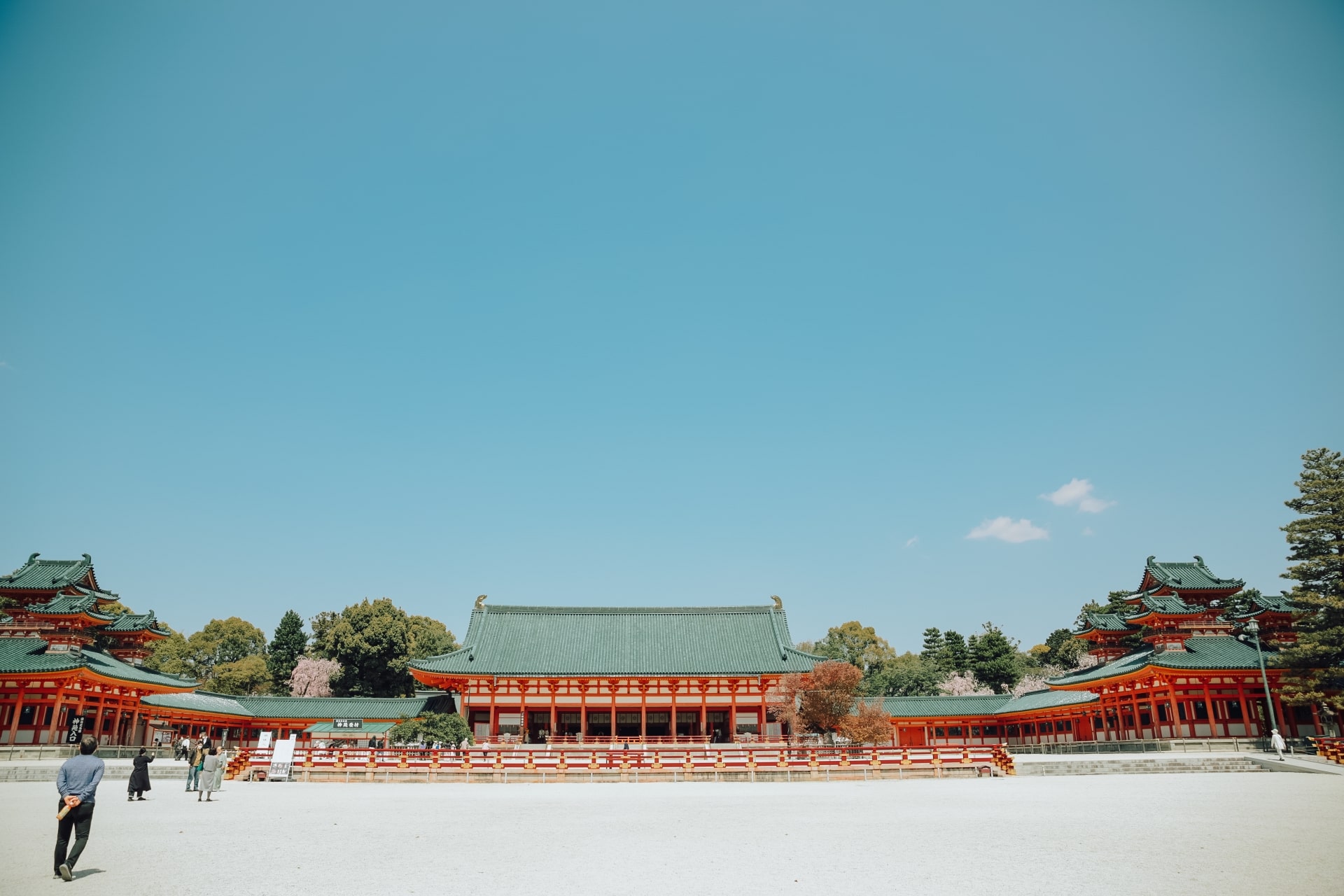
Daigokuden (大極殿) is the main hall of Heian Shrine, renowned for its traditional Japanese architecture featuring bold vermilion pillars and a sweeping green roof. The hall enshrines the spirits of Emperor Kanmu and Emperor Komei, two key historical figures honored by the shrine.
4. Heian Shrine Garden
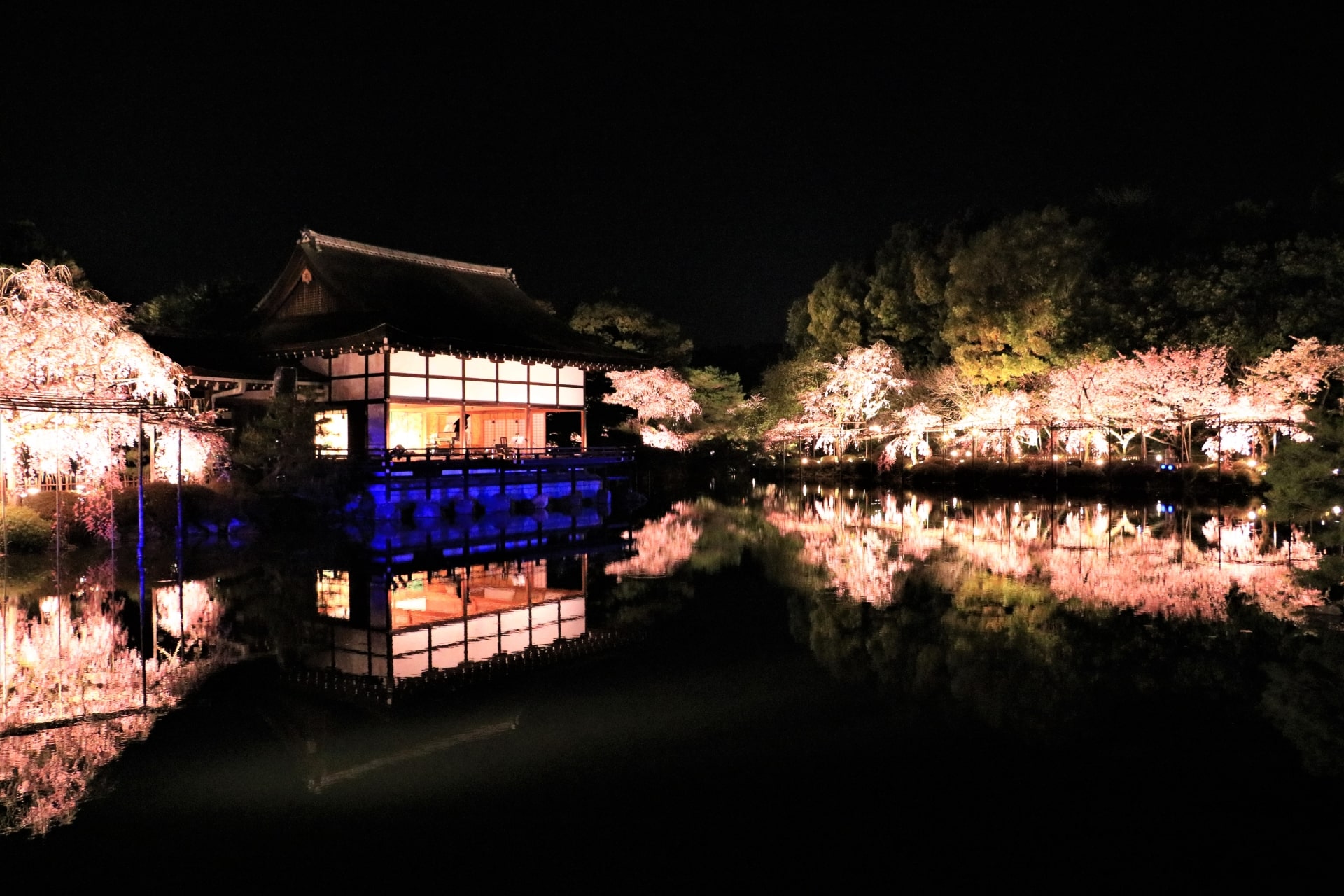
Heian Shrine Garden (神苑) located behind the Daigokuden, covers an area of 30,000 square meters, divided into four sections: East, Middle, West, and South Shrine Garden. This classic stroll garden with ponds offers a glimpse of what Kyoto’s gardens looked like 1,000 years ago.
If you visit Heian Shrine during the cherry blossom or autumn foliage seasons, it’s highly recommended to spend JPY 600 to enter the Heian Shrine Garden.
Things To Do around Heian Shine
Heian Jingu is famous for its spring cherry blossoms and autumn foliage, but even if you’re not visiting during these popular seasons, there are still plenty of activities to explore and enjoy. The shrine hosts a variety of cultural events throughout the year, offering visitors an opportunity to experience Japan’s rich traditions in every season.
1. Watching the coming-of-age Ceremony In January
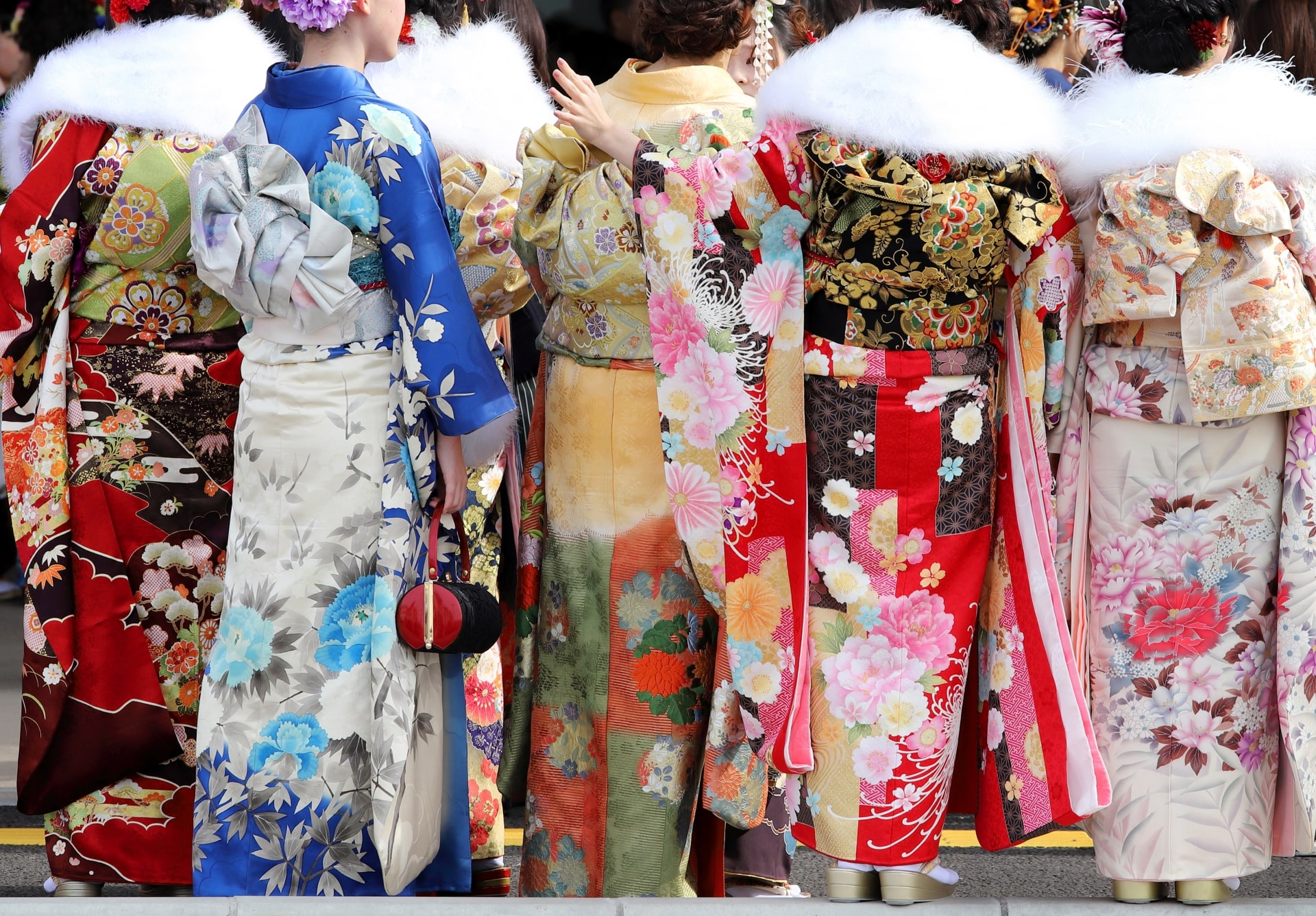
The traditional Coming-of-Age Ceremony (成人式) is worth watching if you’re in Kyoto in January. Every year, Heian Shrine hosts the “Seijin-shiki” (Coming-of-Age Ceremony) on the second Monday of January, a traditional celebration for young people who have turned 20, marking their transition into adulthood.
Participants typically wear elaborate kimonos, with women often adorned in stunning furisode kimonos. This makes the event visually spectacular and deeply infused with Japanese culture.
2. Enjoy the breath-taking Cherry Blossom in Spring

Heian Shrine is famous for its cherry blossoms, attracting thousands of visitors during the spring season. The best place to enjoy the blossoms is in the Heian Shrine Garden, which has been introduced earlier, so it won’t be elaborated on here.
During cherry blossom season, in addition to viewing the blossoms, you can purchase limited-edition pink sakura omikuji (fortune slips). If you happen to draw a bad fortune (大凶), you can tie it to a tree, creating an artificial cherry blossom tree—a very creative concept.
For more information about Heian Shrine in spring, you can check the following article.
Heian Shrine: Kyoto’s Best Weeping Cherry Blossom Spot
3. Attending the Jidai Matsuri In October
If you plan to visit Japan at the end of October, I strongly suggest you watch the Jidai Matsuri (時代祭) on October 22nd. It is one of Kyoto’s three major festivals and has been held annually since 1895, which was initially created to celebrate the establishment of Heian Shrine.
The purpose of the Jidai Matsuri is to revive the memory of Kyoto’s prosperity as Japan’s former capital by reenacting the eight dynasties that ruled before the capital moved to Tokyo. the Heian Shrine is the end of the Jidai Maturi procession, making here a wonderful place to observe this traditional event.
4. Strolling through Kyoto Heian Antique Market
On the 10th of every month, Heian Shrine hosts a market called the Kyoto Heian Antique Market (平安蚤の市). In addition to a wide selection of antiques and second-hand items, you can also find handmade crafts.
The market takes place in the spacious area in front of Heian Shrine, with over 100 stalls gathering each time. You can discover a variety of items at the Heian Flea Market, including accessories, craft tools, utensils, vintage clothing, and kimonos. It’s an excellent spot to find unique souvenirs from your trip to Japan.
5. Have a cup of coffee in Kyoto Okazaki Tsutaya Books
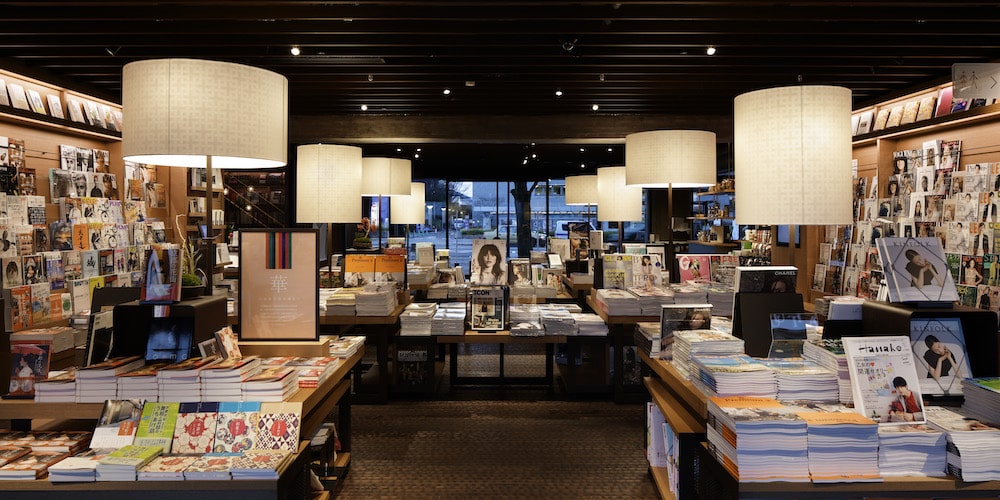
Kyoto Okazaki Tsutaya Books is located next to Heian Shrine. This area was formerly the Kyoto Kaikan, but after renovations, it is now known as ROHM Theatre Kyoto. The building also features the KYOTO MODERN TERRACE restaurant and a theater, forming a large, three-story complex.
Kyoto Okazaki Tsutaya Books offers a unique experience—you can order a Starbucks coffee and enjoy reading through books while you are relaxing, even if you don’t plan to buy any.
How to Get to The Heian Shrine
By Bus from JR Kyoto Station
Take City Bus Routes 5, 100, or 110, and get off at “Okazaki Park / Kyoto Museum of Art / Heian Shrine”. From there, it’s a 5-minute walk north.
By Subway
Take the Tozai Line to Higashiyama Station. From the station, it’s about a 10-minute walk to the shrine.
 Access Access |
From JR Kyoto Station to Heian Shrine: Take City Bus Routes 5, 100, or 110, and get off at "Okazaki Park in front of Kyoto Museum of Art / Heian Shrine" Walk 5 minutes north to reach Heian Shrine. |
|---|---|
 Business Hours Business Hours |
2/15~3/14、10/1~10/31 6:00~17:30(17:00) 11/1~2/14 6:00~17:00(16:30) 3/15~9/30 6:00~18:00(17:30) |
 Price Price |
Free |
 Official Website Official Website |
https://www.heianjingu.or.jp/language/english.html |
Heian Shrine Garden Information
Business hours:
- 3/1~3/14, 10/1~10/31 8:30~17:00
- 3/15~9/30 8:30~17:30
- 11/1~End of February 8:30~16:30
*10/22 9:30~11:30 (due to the Jidai Matsuri)
Price:
- Adults 600 yen
- Children 300 yen
Tourist Reviews of Heian Shrine
Heian Shrine consistently impresses visitors, as reflected by its strong ratings across various platforms. With a “4.0/5” rating on Tripadvisor from over 1,200 reviews, “4.9/5” on Klook with more than 20K reviews, and a solid “4.3/5” on Yelp, it’s clear that tourists generally have a memorable experience here.
One Tripadvisor reviewer highlighted the beauty of the gardens, stating,
“This is a very large complex with very ornate temple buildings, but the gardens are what you should spend time in. They are large and manicured and have some lovely features like the covered bridge and the stepping stones. One of the nicest temple gardens we went to in our whole trip.”
– from Tripadvisor
A Yelp reviewer emphasized the grandeur of the shrine, particularly the iconic torii gate, noting,
“Huge grounds, and the torii gate out front is insanely massive. It’s the biggest gate we saw during our stay in Japan.”
– from Yelp.com
These reviews highlight the vastness of Heian Shrine, the beauty of its gardens, and the awe-inspiring torii gate that leaves a lasting impression on visitors.
Nearby Attractions around Heian Shrine
There are several noteworthy attractions near Heian Shrine, such as Okazaki Park, Nanzen-ji Temple, Eikand0 Temple, Yasaka Shrine, and Kiyomizu-dera. Visiting these sites together makes for a great itinerary if you want to explore multiple cultural and historical landmarks on the same trip.
1. Okazaki Park
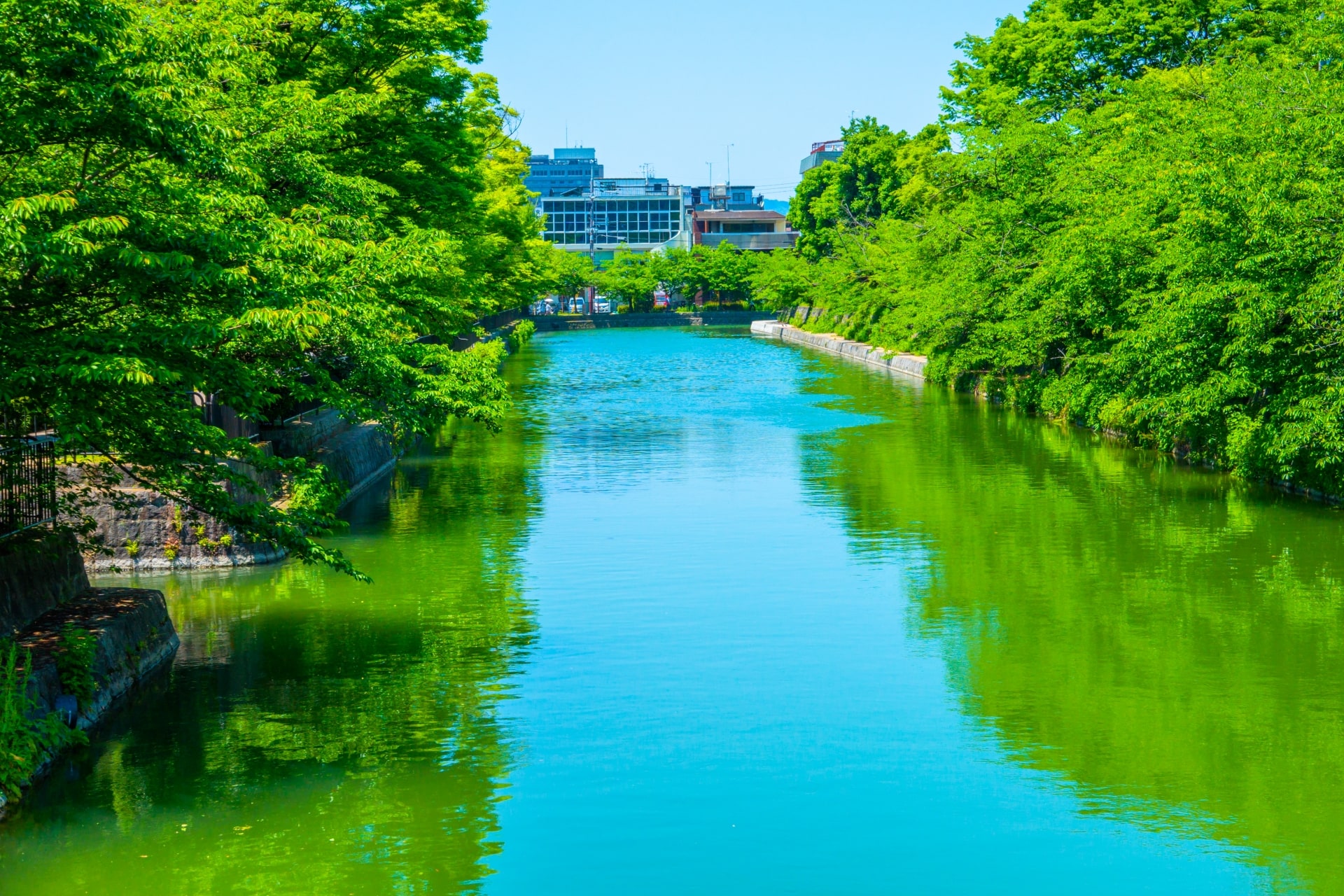
Okazaki Park (岡崎公園) is a scenic park located right next to Heian Shrine, with a peaceful atmosphere with wide open spaces, beautiful cherry blossoms in spring, and various cultural attractions. It is home to several museums, including the Kyoto City Zoo and the Kyoto Municipal Museum of Art, making it an ideal spot for leisurely walks and cultural exploration.
2. Nanzen-ji Temple
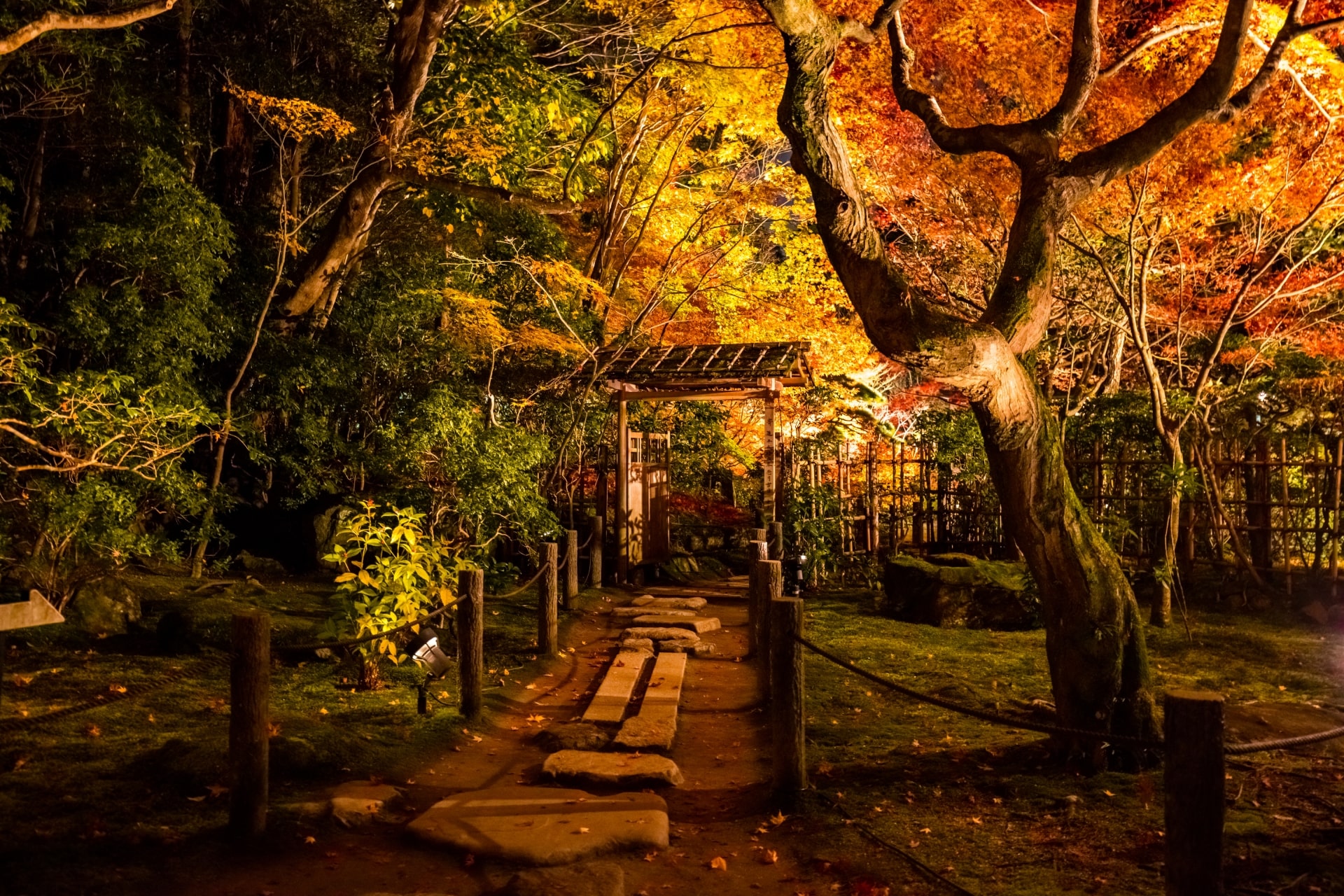
A 20-minute walk from Heian Shrine will take you to Nanzen-ji Temple (南禅寺), a renowned Zen Buddhist temple known for its impressive Sanmon Gate and beautiful rock gardens. The temple’s serene atmosphere, historic aqueduct, and scenic grounds make it a popular destination for photographers looking to capture breathtaking images.
For more about Yasaka Shrine, please check here:
Nanzenji Temple: Photo-Worthy Temple Complex in Kyoto
3. Eikando Temple
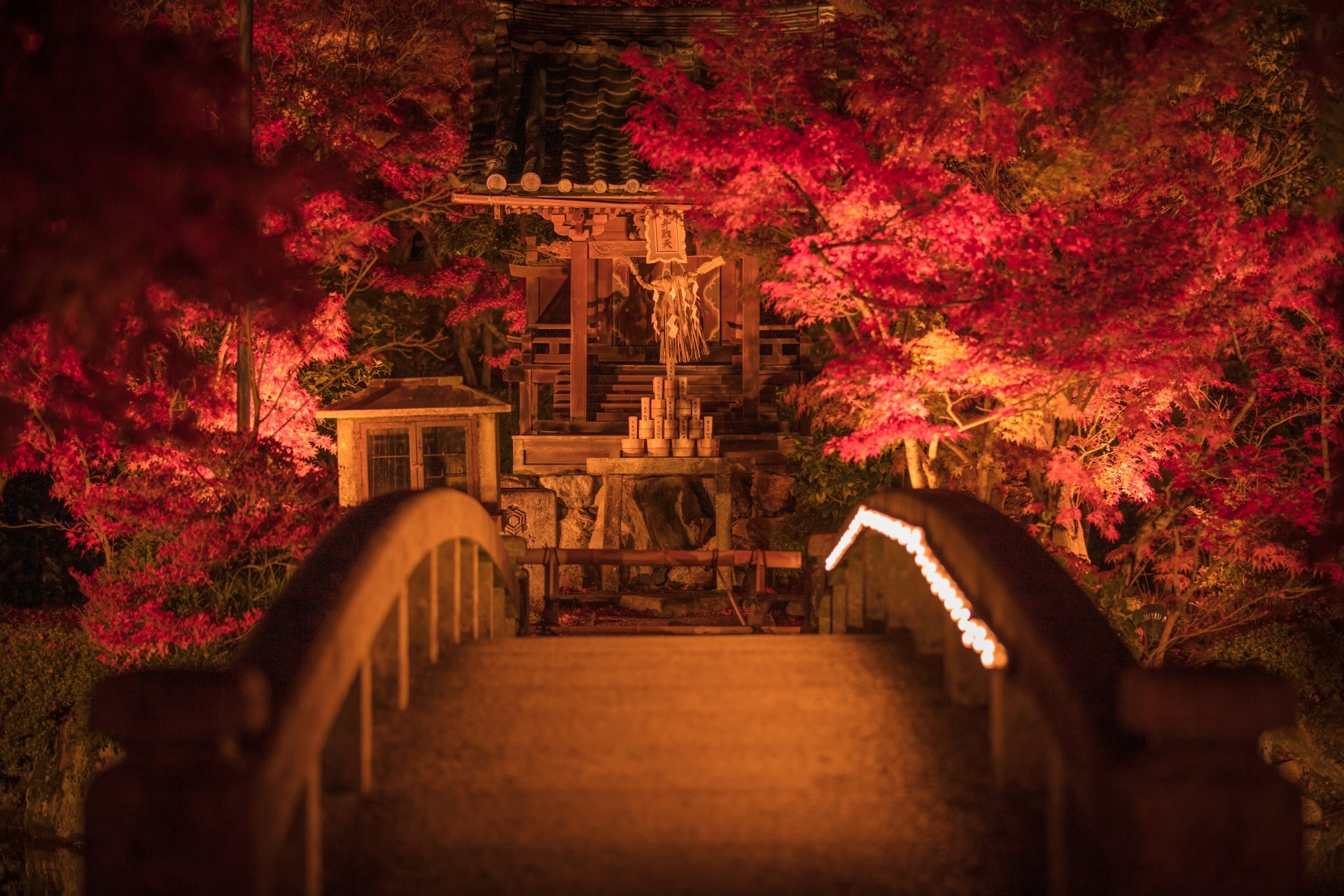
Leaving Heian Shrine and heading east, after a 15-minute walk, you will arrive at Eikando Temple (永観堂禅林寺), famous for its stunning autumn foliage and beautiful traditional architecture.
In autumn, Eikando hosts a beautiful night illumination event. If you’re interested, please check here for more details.
Eikando Zenrinji Temple: Best Autumn Leaves Illumination in Kyoto
4. Yasaka Shrine
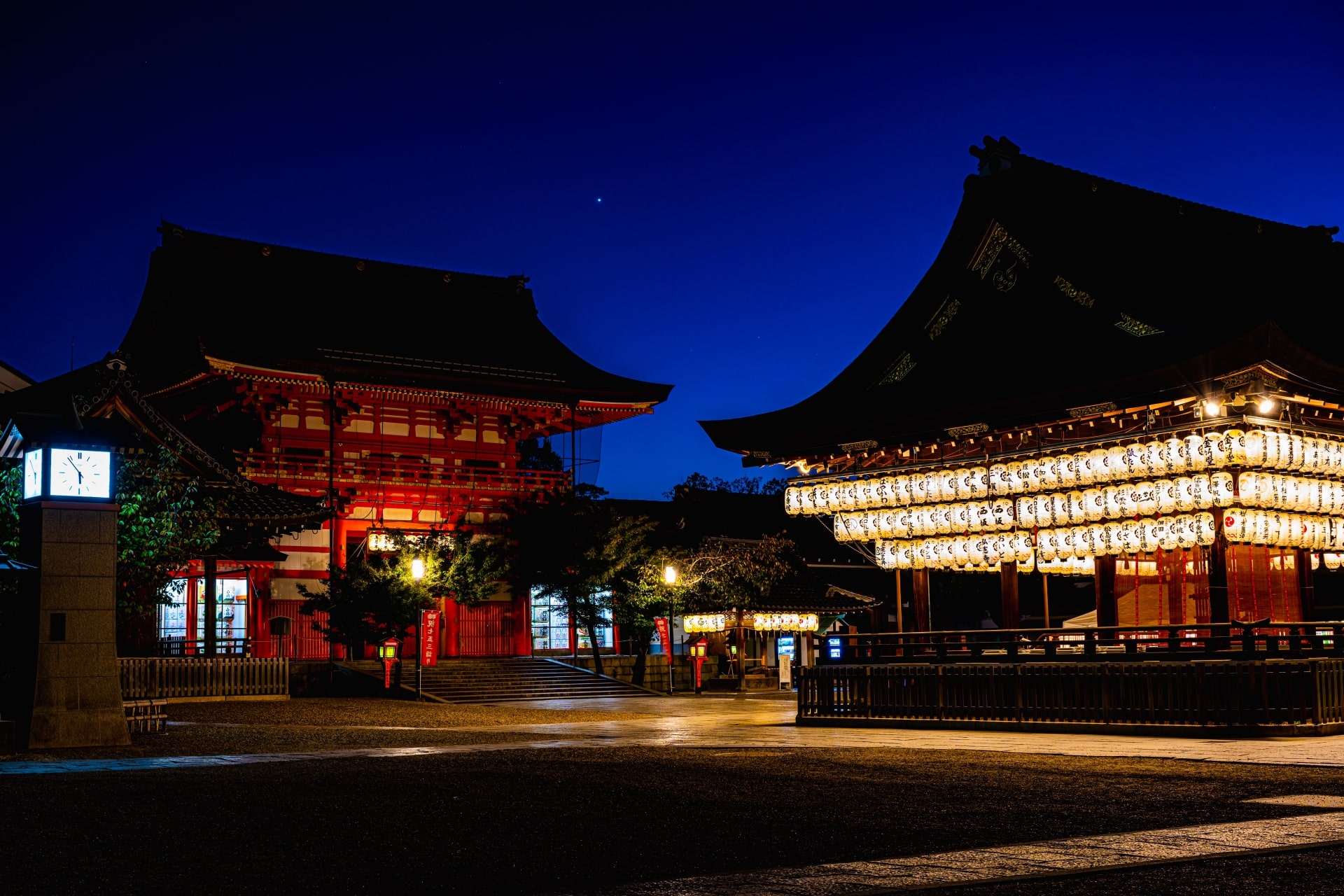
is also not far from Heian Shrine, about a 15-minute walk away. Every July, Yasaka Shrine hosts the Gion Matsuri, one of Japan’s most famous festivals. If you are visiting Kyoto around that time, be sure not to miss this magnificent and culturally rich event.
For more about Yasaka Shrine, please check here:
Yasaka Shrine: The Spirit of Gion
5. Kiyomizu-dera
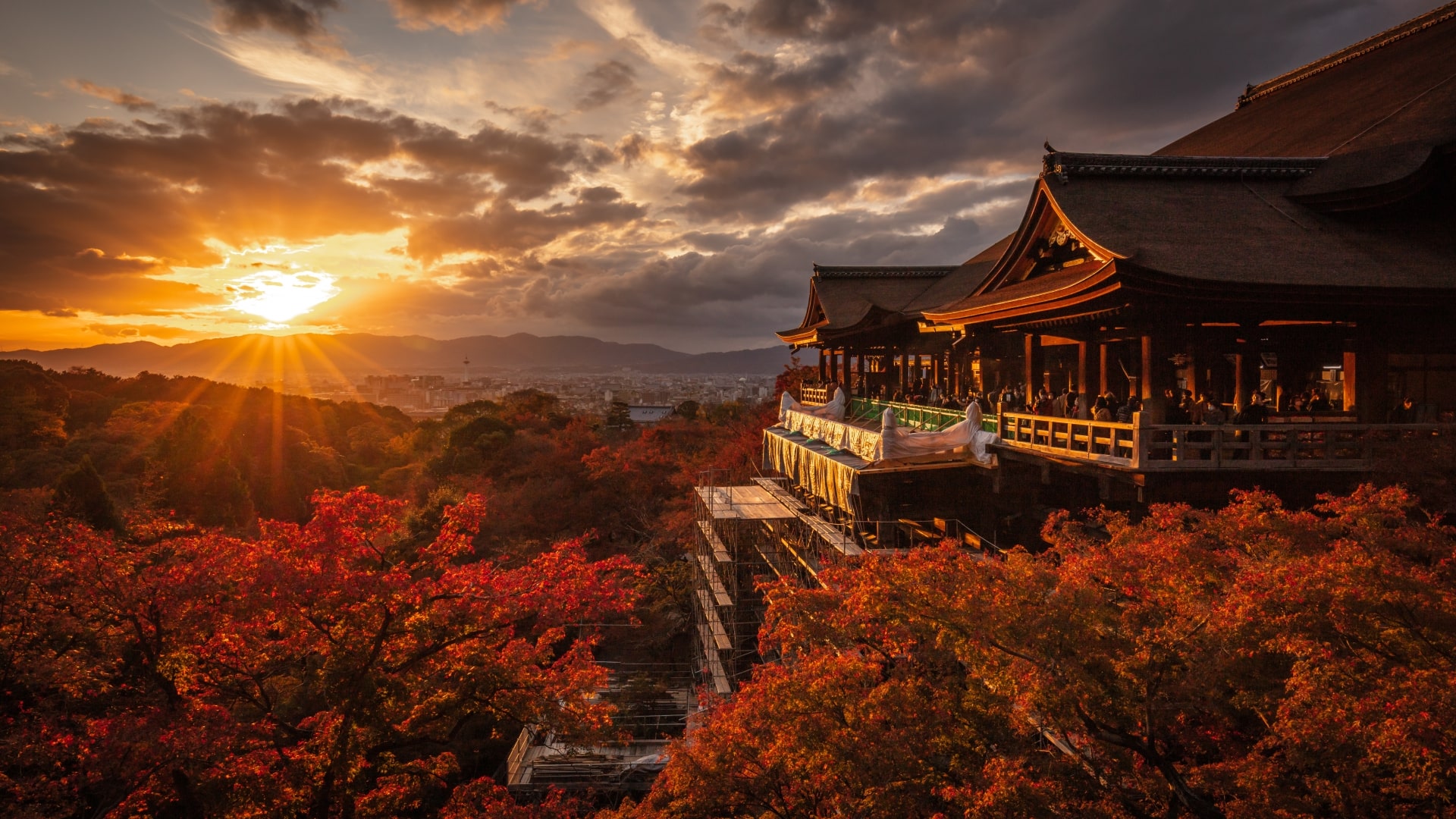
Kiyomizu-dera (清水寺) is about a 30-minute bus ride from Heian Jingu. This iconic temple is best known for its massive wooden stage, which juts out from the main hall and provides fabulous panoramic views of Kyoto, particularly during the cherry blossom and autumn foliage seasons.
If you would like to know the best time to visit Kiyomizu-dera, please read the article below.
Kyoto Kiyomizudera Temple: When is the Best Time to Visit?
Is Heian Shrine worth visiting?
Heian Shrine is a perfect blend of history, beauty, and culture, definitely worth visiting during your trip to Kyoto. Explore the Heian Shrine Garden in spring, attend the Jidai Matsuri in autumn, or simply enjoy strolling through the lively markets. With so many options, a visit to Heian Shrine is sure to be a memorable experience of your Kyoto journey.
▽Subscribe to our free news magazine!▽
For more information about Kyoto highlights, check these articles below, too!
▽Related Articles▽
▼Editor’s Picks▼
Written by
Hi, I'm delighted to get to meet you through my sharing. I am a freelance writer who loves traveling, reading, and food. I'm also the mother of a two-year-old child. Living in Japan for eight years has been both long and short—long enough for me to know Tokyo, where I reside, like the back of my hand, and short because there are still so many aspects waiting for me to explore. Here, I will share the fantastic culture and my thoughts about this beautiful country, hoping you will fall in love with Japan just as I have.





